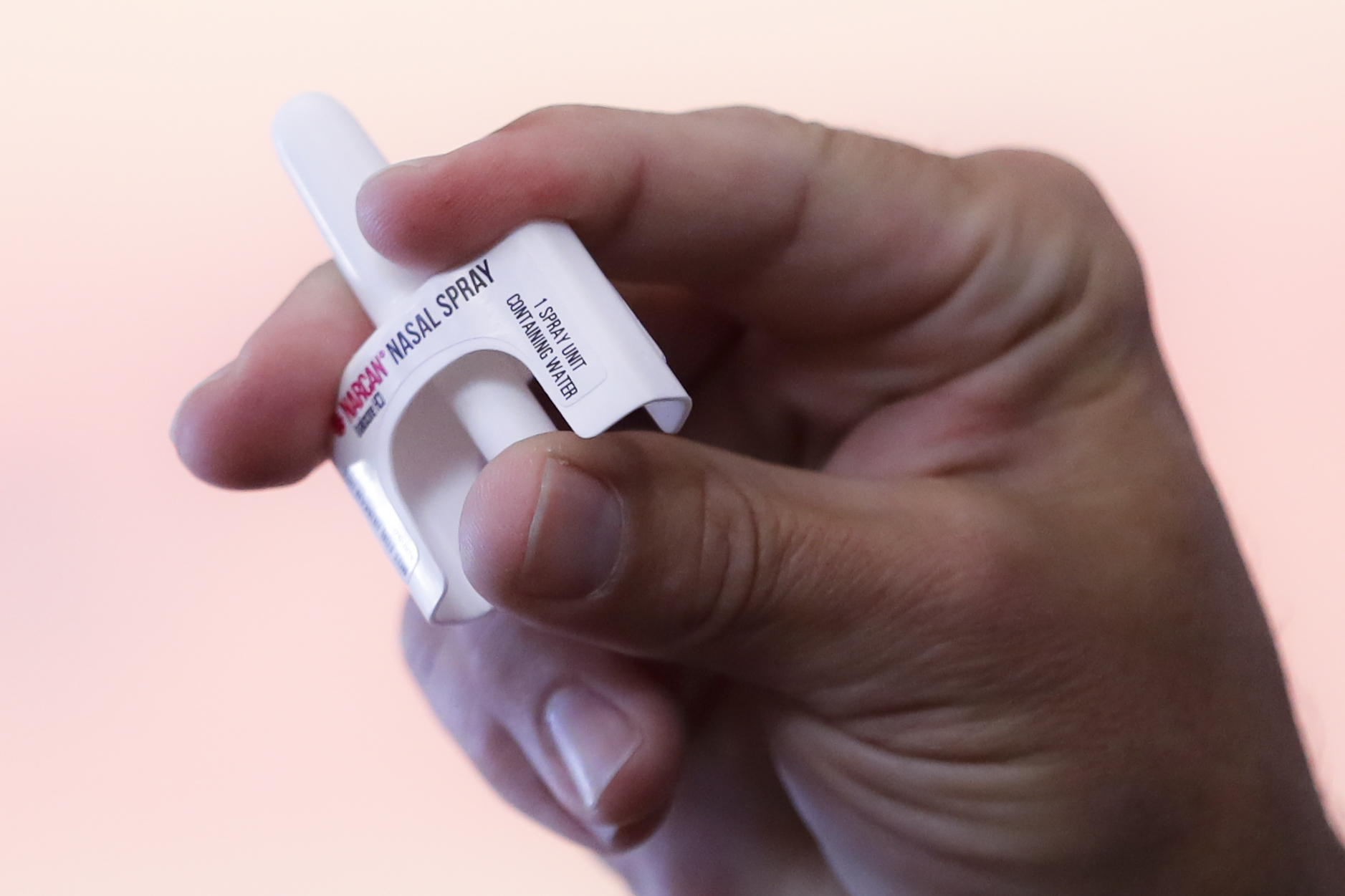A new tool that tracks data on drug overdoses in Milwaukee County will provide more transparency that county officials said can positively impact the opioid crisis response.
“Collecting this information is only one piece of the puzzle. Sharing metrics and analytics is equally crucial,” Milwaukee County Executive David Crowley said at an event in Milwaukee.
The online dashboard, available on the Milwaukee County’s Office Of Emergency Management website, shows data such the demographics of those who die from an overdose. It also allows users to compare the top five most common drug combinations in overdose patients in Milwaukee County communities, and search which day is most common for EMS to dispense Naloxone, a medicine that rapidly reverses an opioid overdose.
Stay informed on the latest news
Sign up for WPR’s email newsletter.
Dan Pojar, a leader on the project and the EMS division director for Milwaukee County Office of Emergency Management said on WPR’s “Wisconsin Today” that the data translates to real world response.
For instance, the dashboard has data from the medical examiner’s office showing fentanyl is a large culprit in overdose deaths and the gives county officials the opportunity to warn residents.
“When we’re able to display that [information], it helps communicate that, ‘hey, there’s absolutely a risk for fentanyl to be mixed in with other things,’” Pojar said.
The data could also influence how the county allocates resources such as harm reduction vending machines, which are filled with free supplies like opioid overdose treatments and fentanyl test strips.
Ideally, these machines are stocked with appropriate supplies and the right time. And Pojar said there is evidence of that.
From 2023 to 2024, opioid related deaths decreased between 6-7 percent, but Naloxone use by EMS and law enforcement decreased roughly 41 percent, according to the dashboard.
“Our presumption there is that there’s so much Naloxone available that’s low barrier, easy to access in the community, that patients are getting it sooner when they need it and not necessarily having to wait for EMS,” Pojar said.
Pojar said in the future officials are hoping the dashboard includes geospatial mapping that can help identify overdose hotspots.
“When we look at overdose rates combined with other factors such as housing insecurity, transportation access and social determinants of health, we can prioritize areas to say ‘hey, if an agency or location wants to host a vending machine that has these supplies, this would be a great spot for that,’” he said.



